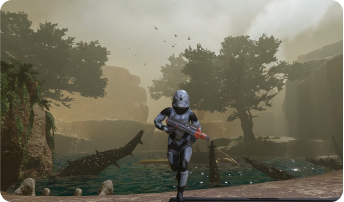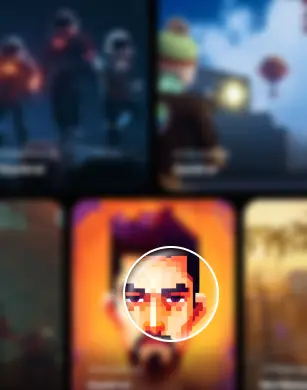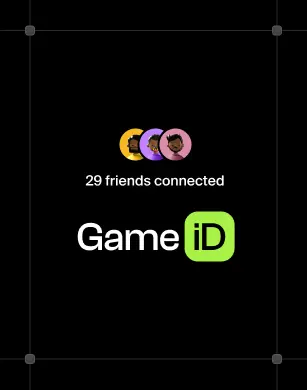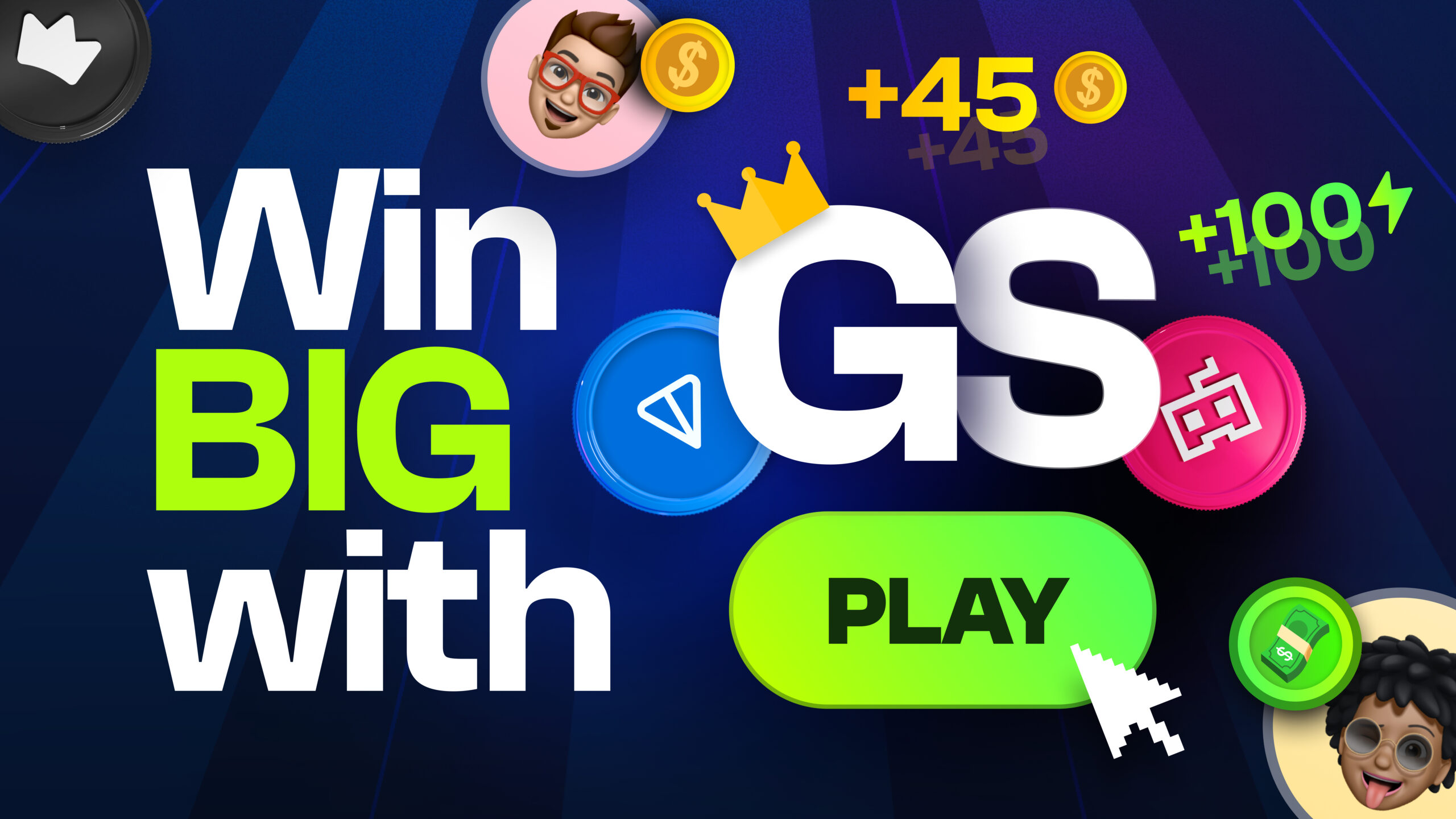NFTs are not dead!



Become part of exclusive group that shapes GS Future
Recent narratives proliferating through various outlets have declared a stark collapse in the Non-Fungible Token (NFT) sector.
These discussions hinge on the perceived evaporation of value in digital collectibles, citing that out of 73,257 NFT collections analyzed, 69,795 bear a market capitalization of zero ETH. In more lucid terms, approximately 95% of the surveyed digital collectibles are ostensibly defunct, leaving 23 million individuals in possession of valueless NFTs.
 NFT Weekly Volumes. Source: The Block
NFT Weekly Volumes. Source: The Block
Although media entities were quick to promulgate these figures as a cautionary tale for investors, the declaration that Non-Fungible Tokens are unequivocally “dead” warrants a more nuanced examination, one that we find ourselves in disagreement with.
NFTs are very much alive despite their varied journey through peaks and troughs. Even though trading has slowed down, NFTs, which can digitally link to real or virtual items making them easy to track and trade, continue to be useful in many ways—regardless of the current market trends.
The assertion that such a helpful technology is disappearing is simply unfounded.
Not dead – Just resting!
The rumors that merely 5% of NFT collections hold substantive value, partly elucidates why “you don’t see people hawking ugly cartoon apes on the internet as much anymore”.

Nevertheless, the study neglected to shed light on blue-chip digital assets like Bored Ape and other premier collections, which persistently fetch opulent prices in the market, with Bored Ape Yacht Club NFT, for example, maintaining an average price of around $40,000. This scenario reinforces the perspective that media entities occasionally focus on extreme or negative aspects to attract readership.
For veterans of cryptocurrency reporting, this trend doesn’t strike as a revelation. Bitcoin, despite being dismissed numerous times, remains robust, providing immeasurable value with a sturdy price above $26,000 and a thriving community of millions. Notably, it was the top-performing asset in Q1 2023, underlining that amidst the skeptics, substantial value and interest persist in the crypto space.
People in the NFT and digital asset space are constantly improving the technology, making it more useful and valuable. Even though the market looks quiet now, continuous innovation and the possibility of linking to both digital and real worlds hint at a bright future and likely growth for NFTs.
Over time, NFTs might change and connect to tangible assets like property or unique items. Especially in the art world, NFTs stand out, with some digital collectibles being sold for millions of dollars.
Utility NFTs will never die
Utility NFTs go beyond traditional non-fungible tokens by offering holders not only intrinsic value but also access to exclusive uses and advantages in varied ecosystems, such as special access in virtual worlds or decision-making in DAOs. With the capacity to innovate monetization and distribution in several industries, such as gaming and music, these tokens introduce immediate value and potential shifts in conventional business models.

Examples of utilities for NFTs:
- Memberships and Event Tickets:
NFTs can serve as digital representations for memberships or event tickets, granting holders access to exclusive events and perks, such as private club entries or concert admissions. - Physical Products:
Leveraging NFTs as certificates of authenticity for physical products, like art, facilitates proof of ownership and tracking on the blockchain. - Loyalty Rewards:
Tokens that represent loyalty points or rewards, which can be earned and redeemed for exclusive offers or discounts. - Governance and Voting Rights:
Providing holders with voting powers or decision-making capabilities within decentralized organizations or communities. - Airdrops:
Granting access to future token airdrops as rewards or incentives for holding certain NFTs. - Allowlist and Drop Access:
Representing eligibility for participation in exclusive content releases or merchandise drops. - Exclusive Content and Experiences:
Offering access to unique content, such as VIP memberships or special encounters with celebrities. - Metaverse and In-Game Events:
Facilitating entry to virtual world events, such as concerts or experiences within a metaverse. - Authentic Ownership in Gaming:
Enabling holders to monetize in-game assets, earn royalties, and trade NFTs on secondary markets, enhancing asset control within gaming environments. - Interoperability and Transferability:
Allowing NFTs, especially in-game assets, to be utilized across different virtual worlds or games, thereby enriching the player’s experience by moving assets and progress between gaming environments. - Community Engagement:
Enhancing user and community interaction through NFT-driven whitelists, events, early access, and representation via profile picture (PFP) NFTs on social platforms. - Virtual Real Estates:
Providing ownership and monetization opportunities of virtual lands in metaverse games, which can be utilized for in-game development or advertising, aligning with the substantial growth trajectory of the in-game advertising market. - Gaming Rewards:
Engaging players with rewards in the form of NFTs for achievements or gameplay actions, and facilitating token airdrops to loyal holders.
Navigating through the complexities and volatile tides of the NFT market, it becomes manifestly clear that proclaiming the sector as “dead” starkly contrasts the innovations and persistent engagements within. From staggering prices of high-end collectibles to the unwavering utility of functional tokens, the essence and impact of NFTs in various industries indisputably persist.
The narrative of NFTs thus transcends mere market fluctuations, echoing a resounding vitality and a cryptic whisper of the uncharted digital realms yet to be explored.

are registered trademarks. All rights reserved.
















